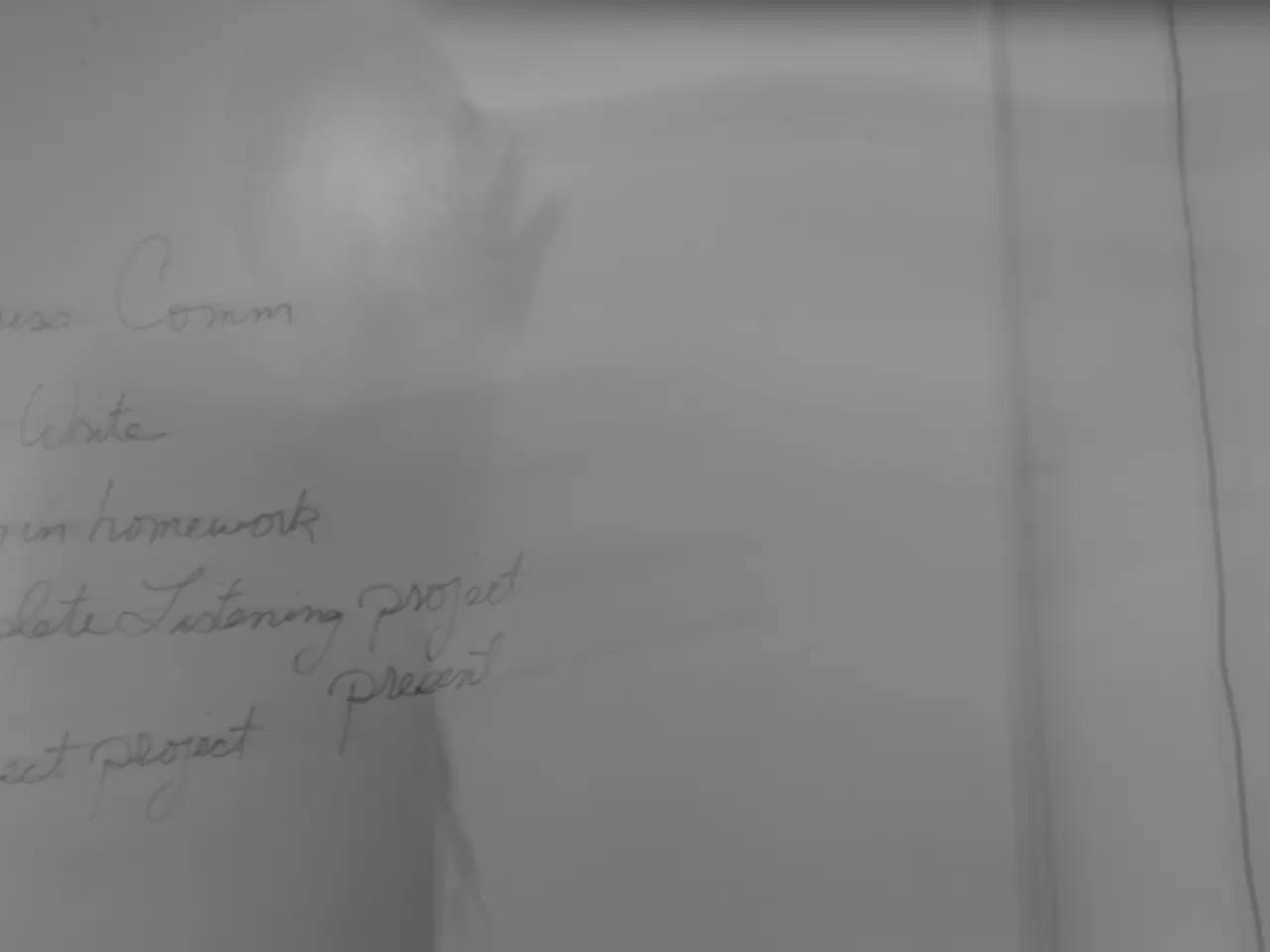Trump enacts executive order to impose tariffs on multiple trade allies, set to commence in a week
In a significant move, President Donald Trump signed an executive order on July 31, 2025, setting new tariffs on 68 countries and the European Union. The tariff rates, ranging from 10% to 41%, are designed to address the trade imbalance the U.S. has with each country and their regional economic standing [1][3][4].
The new tariffs will have a significant impact on goods imported from various nations. For instance, goods from Mexico will continue to face a 25% tariff, a move that Trump has linked to fentanyl trafficking [1]. The U.S. Census Bureau figures show that the trade imbalance with Mexico has grown since the implementation of the USMCA, with the U.S. running a $171.5 billion trade deficit with Mexico in 2020, compared to $63.3 billion in 2016 [2].
Countries with a trade deficit face a minimum tariff of 15%, including around 40 nations. Higher rates apply either due to large trade deficits or failure to engage in meaningful negotiation during a months-long pause on tariffs [1][2][4]. For example, Syria, Laos, Myanmar, and Switzerland will face tariffs of 41%, 40%, 39%, and 35% respectively [2][3].
The European Union will be charged a baseline 10% rate, according to the executive order [2]. However, goods under a 15% value will effectively face 0% tariffs, as the EU will not be charged tariffs on low-value goods [2].
Trump's decision to impose these tariffs comes after a 90-day negotiating period with Mexico, one of the nation's largest trading partners. The current 25% tariff rates will remain in place during this period [1][4]. The U.S. will also enter into similar negotiating periods with other nations, such as India, but the details have yet to be disclosed [1].
The executive order also reflects outcomes of recent trade agreements or frameworks negotiated during the tariff pause [1]. For instance, President Trump reached deals with South Korea, the European Union, Japan, Indonesia, and the Philippines [2]. However, the senior administration official declined to reveal the nations that have new deals during the call with reporters [2].
The White House announced agreements with various nations and blocs ahead of the president's self-imposed Friday deadline [2]. President Trump told reporters that "we avoided the tariff increase announced for tomorrow" in reference to the 90-day negotiating period with Mexico [2]. The senior administration official also stated that the tariffs are being implemented at a later date in order for the rates schedule to be harmonized [2].
In a separate development, President Trump had a phone conversation with Mexican President Claudia Sheinbaum on trade, leading to the 90-day negotiating period with Mexico [1]. Additionally, agreements with Cambodia and Thailand were made after they agreed to a ceasefire to their border conflict [1].
The imposition of these tariffs is part of President Trump's broader strategy to address trade imbalances and protect American jobs. However, the impact of these tariffs on the global economy and on individual businesses remains to be seen.
References: [1] Associated Press. (2025, August 1). Trump imposes tariffs on 68 countries, EU. ABC News. https://abcnews.go.com/International/wireStory/trump-imposes-tariffs-68-countries-eu-78700750 [2] New York Times. (2025, August 1). Trump Imposes Tariffs on 68 Countries and European Union. https://www.nytimes.com/2025/08/01/us/politics/trump-tariffs-countries.html [3] Wall Street Journal. (2025, August 1). Trump Imposes Tariffs on 68 Countries, EU. https://www.wsj.com/articles/trump-imposes-tariffs-on-68-countries-eu-11627617148 [4] CNN. (2025, August 1). Trump signs executive order imposing tariffs on 68 countries and EU. https://www.cnn.com/2025/08/01/politics/trump-tariffs-countries-eu/index.html
- The new tariffs, as specified in the executive order, are a part of President Trump's policy-and-legislation strategy to address trade imbalances and protect American jobs.
- The ongoing politics surrounding trade with various countries, such as Mexico, Europe, India, and others, has led to the implementation of tariffs and negotiations, Further developments in these discussions are shaping the general-news landscape.








